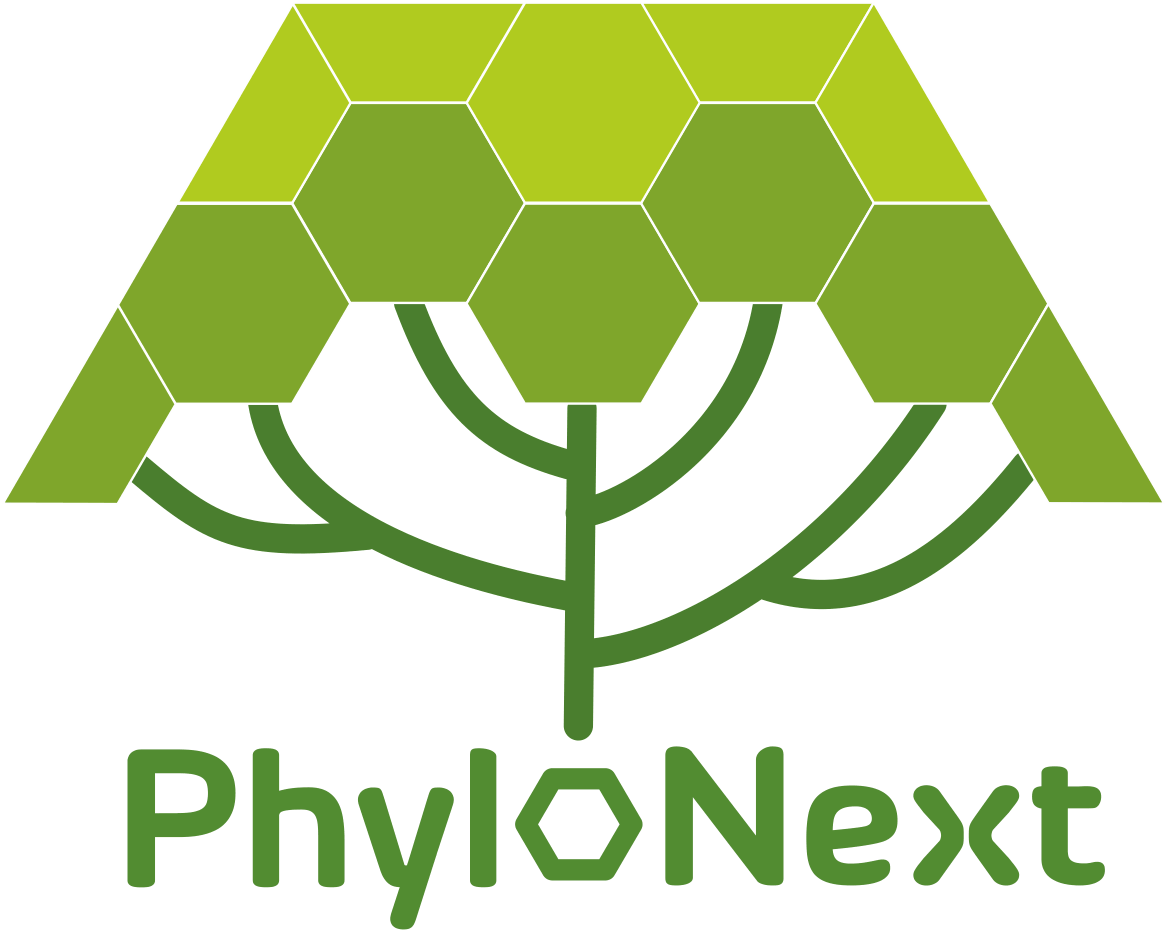PhyloNext  ¶
¶
PhyloNext is an automated pipeline for the analysis of phylogenetic diversity using GBIF occurrence data, species phylogenies from Open Tree of Life, and Biodiverse software.
Introduction¶
PhyloNext pipeline brings together two critical research data infrastructures, the Global Biodiversity Information Facility (GBIF) and Open Tree of Life (OToL), to make them more accessible to non-experts.
The pipeline is built using Nextflow, a workflow tool to run tasks across multiple compute infrastructures in a very portable manner. It uses Docker containers making installation trivial and results highly reproducible. The Nextflow DSL2 implementation of this pipeline uses one container per process which makes it much easier to maintain and update software dependencies.
The pipeline could be launched in a cloud environment (e.g., the Microsoft Azure Cloud Computing Services, Amazon AWS Web Services, and Google Cloud Computing Services).
Pipeline summary¶
- Filtering of GBIF species occurrences for various taxonomic clades and geographic areas
- Removal of non-terrestrial records and spatial outliers (using density-based clustering)
- Preparation of phylogenetic tree (using pre-constructed phylogenetic tree provided by user or phylogenetic tree can be downloaded automatically using API) and name-matching with GBIF species keys
- Spatial binning of species occurrences using Uber’s H3 system (hexagonal hierarchical spatial index)
- Estimation of phylogenetic diversity and endemism indices using Biodiverse program
- Visualization of the obtained results
PhyloNext Workflow¶
Documentation Overview¶
Installation
More detailed information for getting PhyloNext set up on your system.
Usage instructions
A subset of parameters users may commonly adjust.
Input data
Description of the input data used by pipeline.
Output Overview
Overview of PhyloNext output.
Pipeline parameters
The full set of parameters that users can tweak in PhyloNext.
Diversity indices
A list of the most common diversity indices.
Troubleshooting
Handling errors.
Web GUI
Web-based graphical user interface for PhyloNext.
Post processing
Post processing output files.
Use case examples
A few use cases analysed by PhyloNext.
Acknowledgments
Acknowledgments and a list of software packages used by PhyloNext.
Contributions and Support¶
If your ran into any issues, please let us know by submitting a GitHub Issue.
If you would like to contribute to this pipeline, please see the contributing guidelines.
PhyloNext source code is deposited here.
